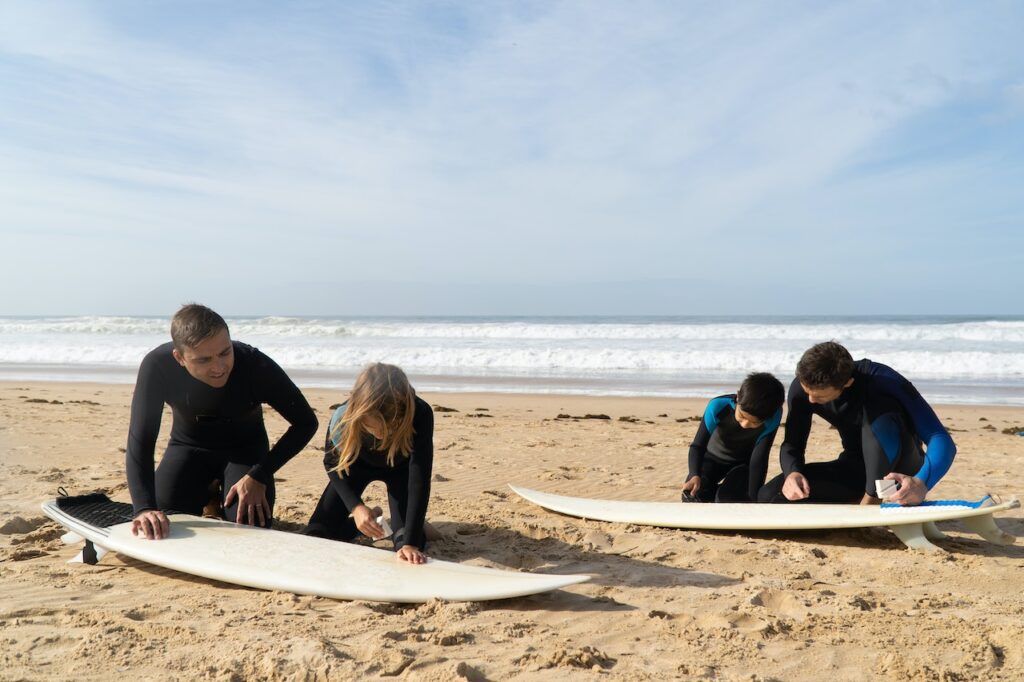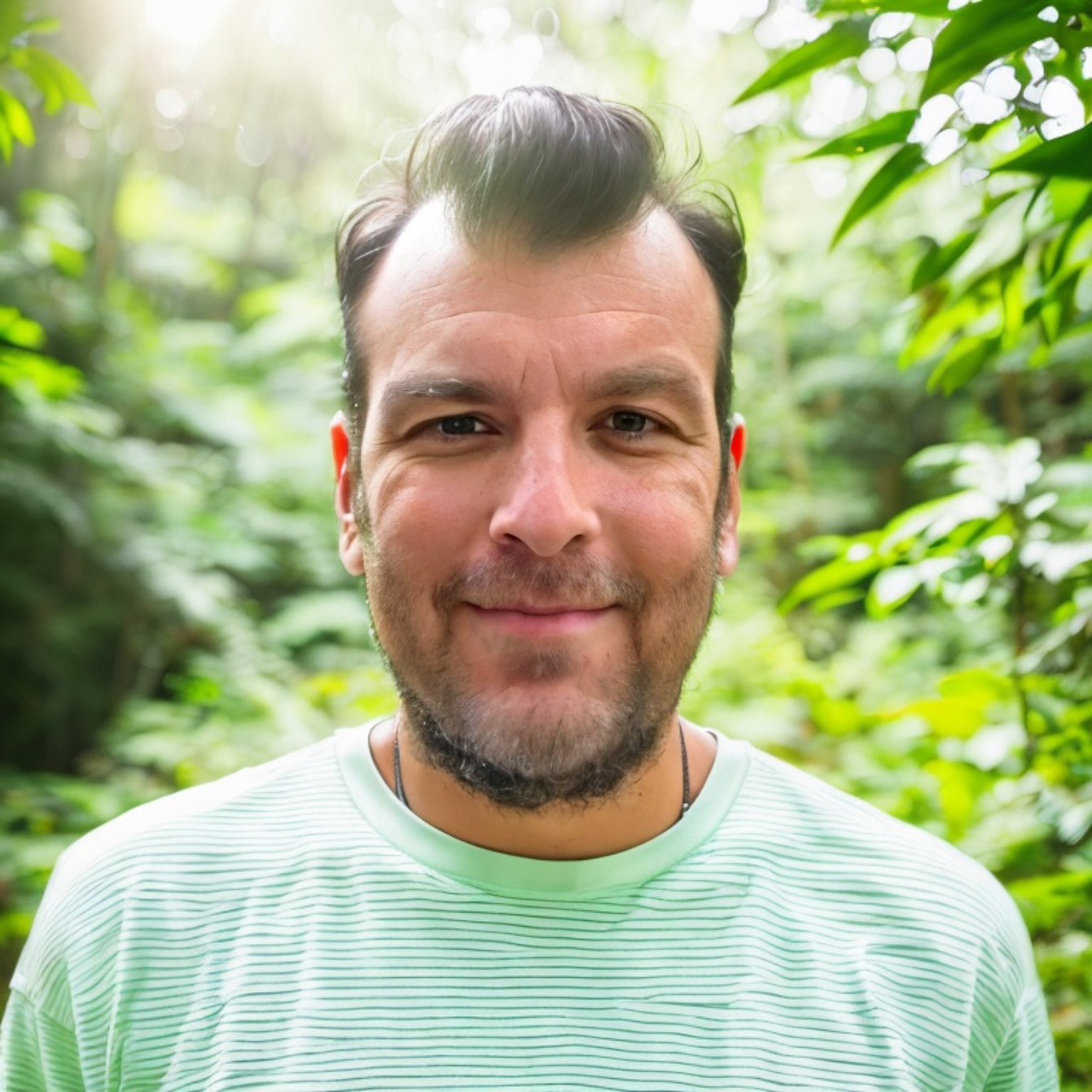Renowned as the birthplace of modern surfing, Hawaii’s waves have beckoned surf enthusiasts from every corner of the globe. A blend of tradition, adventure, and the raw power of nature, Hawaii’s surfing culture is a testament to its deep-rooted history and the island’s unbreakable bond with the ocean. Whether you’re a seasoned surfer chasing the next big wave or a traveler intrigued by the sport’s allure, delving into Hawaii’s surfing legacy is bound to be a highlight of your island adventure.
In This Article

The Ancient Roots of Surfing in Hawaii
Before the world knew of Hawaii, the indigenous Polynesians had already mastered the art of “he’e nalu” or “wave sliding.” This wasn’t just a sport; it was a cornerstone of Hawaiian culture, a spiritual journey, and a social event. From common folk to revered chiefs, everyone found joy in dancing with the waves.
Surfing wasn’t just about skill; it was a display of courage, strength, and oneness with the ocean. Competitions were common, and victors were celebrated, their tales sung for generations. Beyond the sport, surfing had spiritual undertones. Rituals were performed, gods were invoked for favorable waves, and surfboards, or “papa he’e nalu,” crafted from wiliwili, koa, or ‘ulu trees, were revered.
The Renaissance of Surfing
The winds of change brought European settlers in the 19th century, leading to a decline in many Hawaiian traditions, including surfing. But the waves couldn’t be silenced for long. The 20th century saw a resurgence, led by stalwarts like Duke Kahanamoku, the “Father of Modern Surfing.” Duke didn’t just revive surfing; he introduced it to the world, making it the global phenomenon it is today.
Modern surfing has seen innovations in techniques, styles, and equipment, but the essence remains unchanged. It’s still that indomitable spirit against the might of the ocean, a dance as old as time.
Hawaii’s Surfing Soul Today
The heart of surfing still beats strongest in Hawaii. From the iconic waves of North Shore to the gentle curls of Waikiki, every beach tells a story. But it’s not just about the thrill; it’s a way of life, a communion with nature, and a homage to ancestors.
Today’s Hawaiian surf culture is a blend of ancient traditions and modern innovations. It’s a celebration of heritage, a testament to human spirit, and above all, an undying love for the ocean.
Frequently Asked Questions (FAQ)
- Why is Hawaii considered the birthplace of surfing?
Hawaii is where the ancient Polynesians practiced the art of “he’e nalu” or wave sliding, long before the world knew of the sport. It’s deeply rooted in Hawaiian culture and history. - Who is Duke Kahanamoku?
Duke Kahanamoku is a legendary Hawaiian surfer known as the “Father of Modern Surfing.” He played a pivotal role in popularizing surfing globally. - Where can I experience the best surfing in Hawaii?
Places like the North Shore of Oahu are world-famous for surfing. However, each island offers unique spots suitable for beginners to professionals. - Is surfing in Hawaii suitable for beginners?
Yes, while Hawaii has some challenging waves for pros, there are plenty of spots like Waikiki that are perfect for beginners.
Surfing in Hawaii is more than a sport; it’s a symphony of history, culture, and nature. As you ride the waves or watch the pros do their magic, remember you’re part of a story that’s been unfolding for centuries. Every drop of water, every grain of sand, every gust of wind has a tale to tell. Listen closely, and you might just hear the whispers of the ancients.

Scott Sweeney is the creator of Virtual Hawaii 360. Scott is a professional marketer and a lifelong Hawaii enthusiast. Scott splits time between Oahu and Dayton, Ohio. In addition to his marketing endevours, he is also a published Ukulele musician.
